Aerospace Parts Manufacturing Size
Aerospace Parts Manufacturing Market Growth Projections and Opportunities
The Aerospace Parts Manufacturing Market operates within a complex framework influenced by diverse market factors that significantly impact its growth, direction, and competitiveness.
Technological advancements stand as a primary driving force in this industry. The continuous evolution of aerospace technology necessitates the production of highly specialized and technologically advanced parts. Aircraft designs are constantly evolving to become more efficient, lightweight, and technologically sophisticated, demanding parts that are not only precise but also durable and capable of meeting stringent performance requirements. As a result, aerospace parts manufacturers are under pressure to innovate and develop cutting-edge components to keep pace with the industry's technological advancements.
Market demand dynamics play a crucial role in shaping the Aerospace Parts Manufacturing Market. The global aviation sector's growth, driven by increased air travel and rising demand for new aircraft, propels the demand for aerospace parts. Commercial airlines continuously seek more fuel-efficient aircraft to lower operational costs, spurring the demand for parts that contribute to enhanced fuel efficiency and reduced emissions. Similarly, the defense sector's modernization programs and the development of advanced military aircraft and systems drive the demand for specialized aerospace parts catering to defense applications.
Economic factors significantly impact the aerospace parts manufacturing landscape. Fluctuations in fuel prices, global economic conditions, and geopolitical tensions influence airlines' and defense entities' investment decisions in new aircraft and aerospace systems. Economic shifts can affect the demand for aerospace parts, impacting manufacturing volumes and OEM orders.
Moreover, regulatory standards and environmental considerations shape the market. Stringent safety regulations and quality standards govern the aerospace industry. Aerospace parts must adhere to rigorous certification processes to ensure compliance with safety and performance standards. Additionally, the industry's focus on environmental sustainability drives the demand for parts that contribute to fuel efficiency and reduced emissions, aligning with global efforts to mitigate the environmental impact of aviation.
Supply chain dynamics and geopolitical factors significantly influence the Aerospace Parts Manufacturing Market. The availability of raw materials, geopolitical stability, trade policies, and supply chain disruptions impact the manufacturing process and cost structures within the industry. Any disruptions or uncertainties in the supply chain can impact production schedules and affect manufacturers' ability to meet demand.
Technological disruptions, particularly in manufacturing methods such as additive manufacturing or 3D printing, are reshaping the market. Additive manufacturing allows for the production of intricate parts with enhanced design possibilities and reduced lead times. Aerospace parts manufacturers leveraging this technology gain a competitive advantage by offering innovative solutions that meet specific customer needs and industry demands.
However, challenges persist within these market factors. Balancing technological advancements with cost-effectiveness remains a challenge for manufacturers. Innovations often come with increased production costs, impacting market adoption. Additionally, navigating complex regulatory landscapes, ensuring reliable supply chains, and addressing geopolitical uncertainties pose ongoing challenges for aerospace parts manufacturers.
In conclusion, the Aerospace Parts Manufacturing Market operates within a dynamic environment influenced by technological advancements, market demand, economic fluctuations, regulatory standards, supply chain dynamics, and technological disruptions. Successfully navigating these market factors requires adaptability, innovation, stringent quality adherence, and a deep understanding of industry trends. Aerospace parts manufacturers that effectively navigate these factors position themselves for sustained growth and competitiveness in this ever-evolving industry.
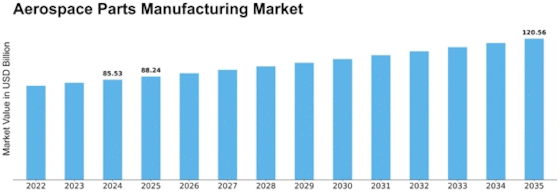

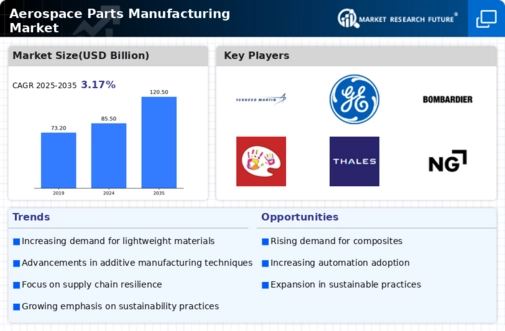
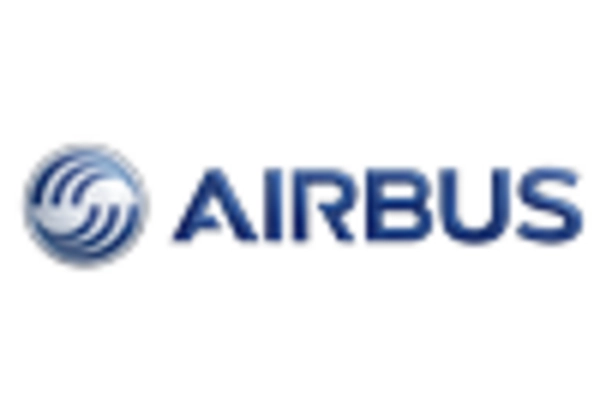

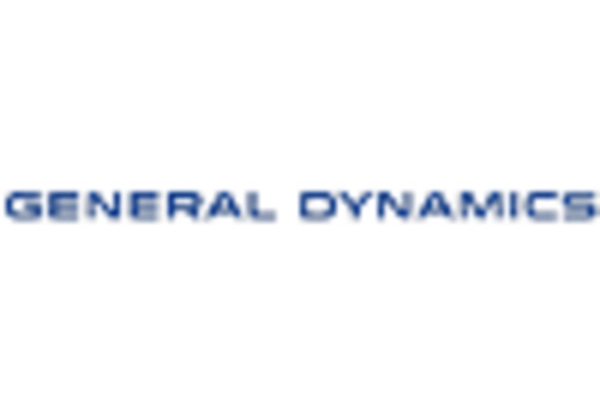
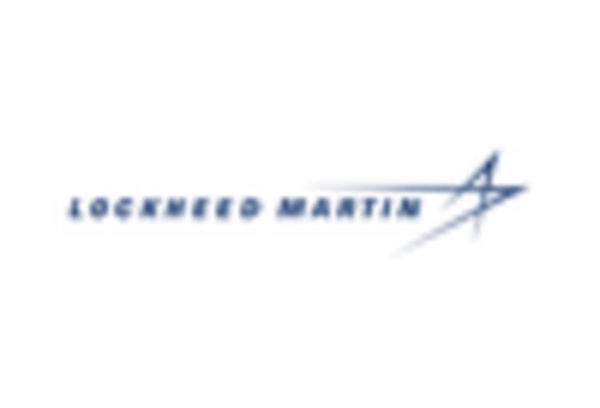

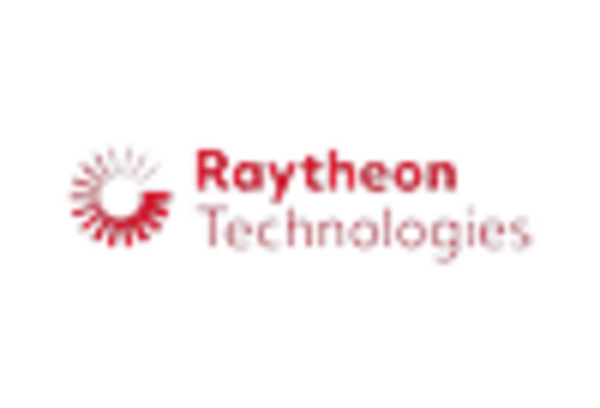









Leave a Comment